On October 20, 2025, US President Donald Trump escalated tensions in the global trade war by threatening to impose a 155 % tariff on Chinese goods if no deal is reached by November 1. This comes on top of existing 55 % tariffs and could amount to one of the most aggressive economic moves in modern US–China relations.
Trump made the statement during a joint press appearance with Australian Prime Minister Anthony Albanese, linking the threat to ongoing rare earth and semiconductor disputes. “They’re paying tremendous amounts of money to us… 155% if we don’t make a fair deal,” he said. The warning comes days before Trump and Chinese President Xi Jinping are expected to meet at the APEC summit in South Korea.
What’s Driving the Standoff
The threat follows Beijing’s announcement of sweeping export controls on rare earth minerals, which are critical for everything from electronics to defense systems. China controls about 85 % of global refining capacity, giving it enormous leverage. Washington, meanwhile, is trying to build alternative supply chains through Australia and other allies—but that will take years.
With the US–China tariff truce set to expire on November 10, the November 1 deadline functions as a high-stakes pressure point. Both leaders are maneuvering for leverage in what has become an openly transactional phase of global trade diplomacy.
Global Economic Fallout: A High-Risk Game of Chicken
If enacted, a 155 % tariff would reverberate far beyond the US and China. Analysts warn of price spikes in electronics, automotive, renewable energy, and critical minerals sectors. Beijing could retaliate with rare earth export restrictions, semiconductor bottlenecks, and agricultural trade measures such as its recent soybean import suspension.
Treasury Secretary Scott Bessent is leading quiet negotiations in Malaysia and Australia to soften the blow. Meanwhile, Xi has yet to publicly respond, leaving room for brinkmanship.
Why India Should Care
India may not be at the center of the tariff war, but its economy is tightly linked to global supply chains that flow through both the US and China.
1. Export openings: Tariffs on Chinese goods could make Indian electronics, auto parts, and textile exports more competitive in US markets.
2. Rare earth and mineral strategy: India has been exploring its own critical minerals reserves. The standoff could accelerate partnerships with the US, Japan, and Australia under frameworks like the Quad.
3. Collateral shocks: A global supply chain slowdown could hit Indian manufacturing, especially in sectors dependent on Chinese components—such as EV batteries, solar modules, and electronics assembly.
4. Geopolitical positioning: India could benefit diplomatically by positioning itself as a “neutral stabilizer” between Washington and Beijing, but will need careful navigation to avoid economic blowback.
The Economic Domino Effect
- Global markets: Analysts estimate the tariff hike could add over $1.2 trillion in corporate costs worldwide, most of which would trickle down to consumers.
- Semiconductors: Malaysian chip exports, many owned by US firms, face 100 % tariff threats, raising costs across supply chains.
- Agriculture: US soybean farmers are already facing a collapse in Chinese demand. Commodity markets are watching closely.
A tariff hike of this scale would likely push inflationary pressure globally. For India, this could mean rising input costs, particularly in energy transition sectors.
What Happens Next
- Deal scenario: Trump and Xi reach a face-saving agreement before November 1. Tariffs stay at current levels; China softens its export controls.
- Partial escalation: Tariffs rise but not to 155 %, China retaliates selectively, and both sides continue negotiations.
- Full escalation: Tariffs and export bans hit simultaneously, risking a recession-scale supply chain disruption.
The Bigger Picture: Decoupling in Motion
This standoff underscores a deeper structural shift: the slow but steady fragmentation of globalization. Rare earths, semiconductors, and agriculture are no longer neutral economic goods—they’re instruments of strategic leverage.
For India, the challenge and opportunity lie in adapting quickly. Trade diplomacy, mineral partnerships, and export diversification will define how much New Delhi can benefit—or suffer—from a decoupling world.
FAQ
Q1. What is the 155% tariff threat?
It’s a proposed increase in US import duties on Chinese goods to 155% if no deal is reached by November 1.
Q2. Why is it significant?
The tariff would be one of the largest in modern history, potentially triggering retaliation and global supply chain disruptions.
Q3. How does this affect India?
India could see short-term export opportunities but also face supply chain shocks and higher input costs.
Q4. What are rare earth minerals and why do they matter?
These are critical for electronics, EVs, and defense systems. China dominates their refining, making them central to this standoff.
Q5. Could this lead to a global recession?
If escalation continues, many analysts believe the ripple effects could slow global growth significantly.

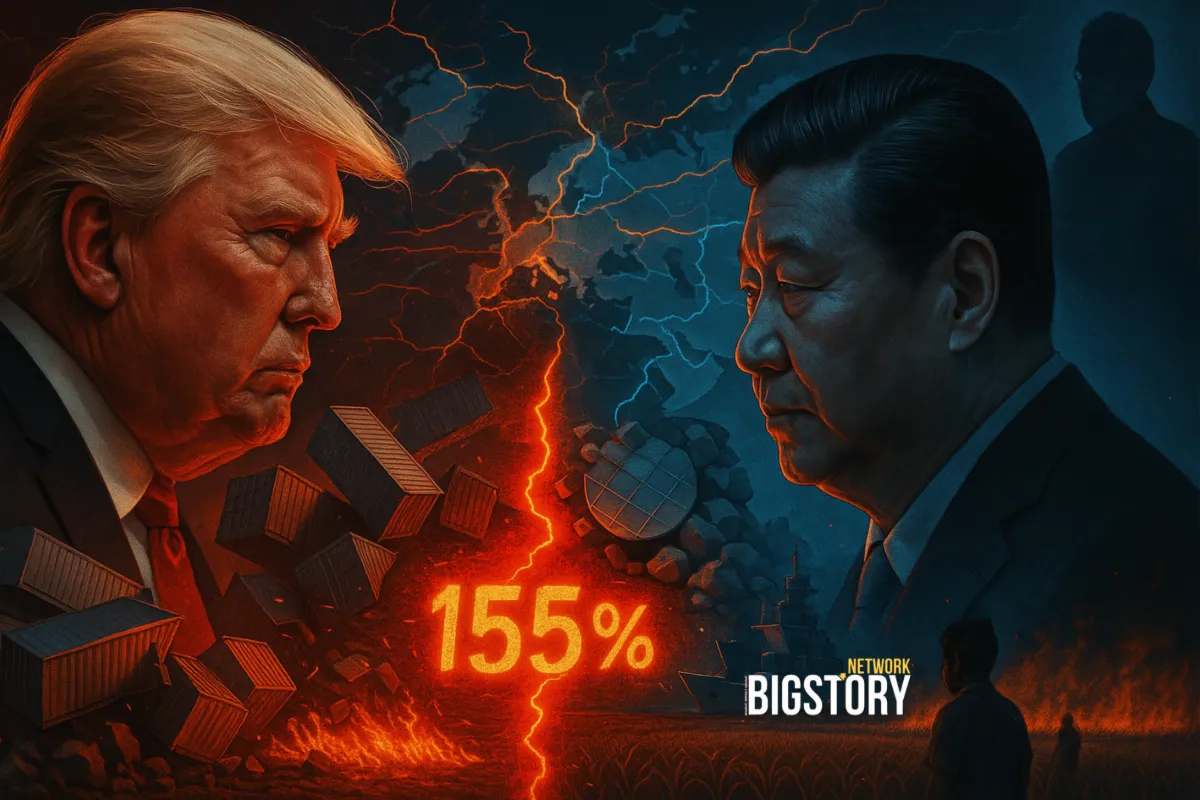
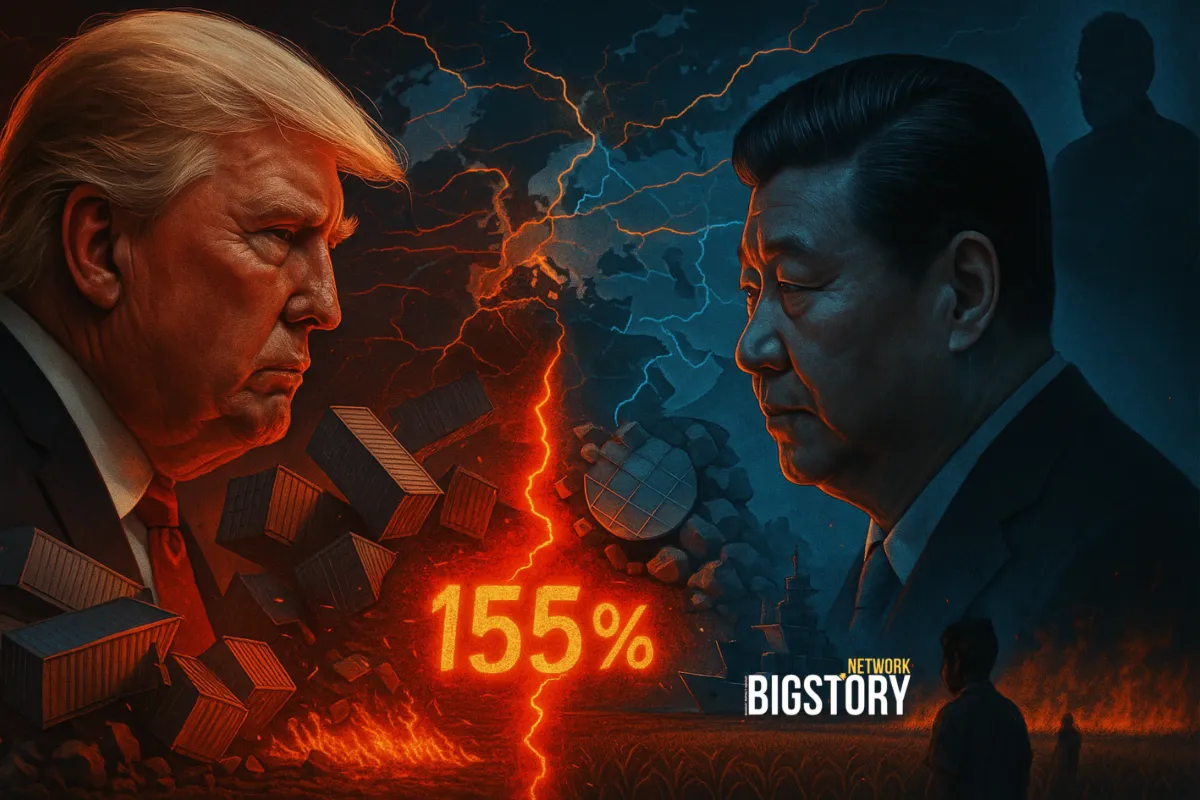
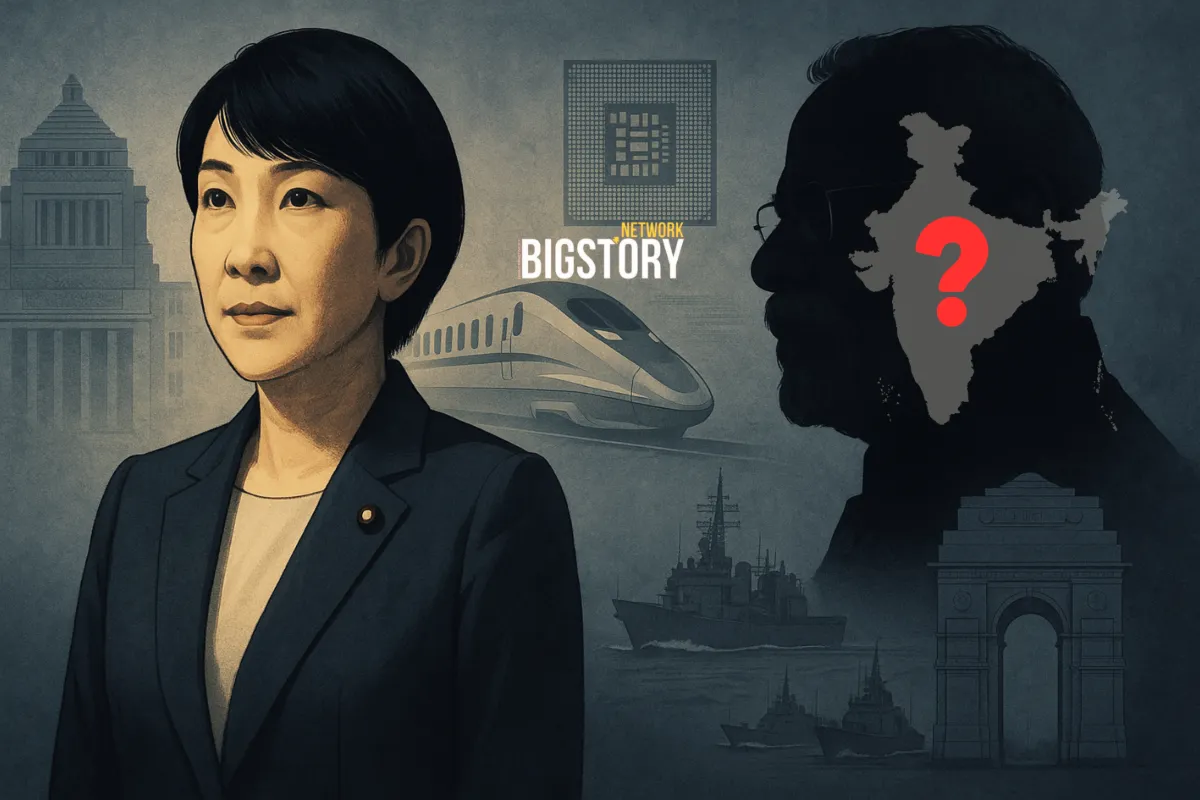
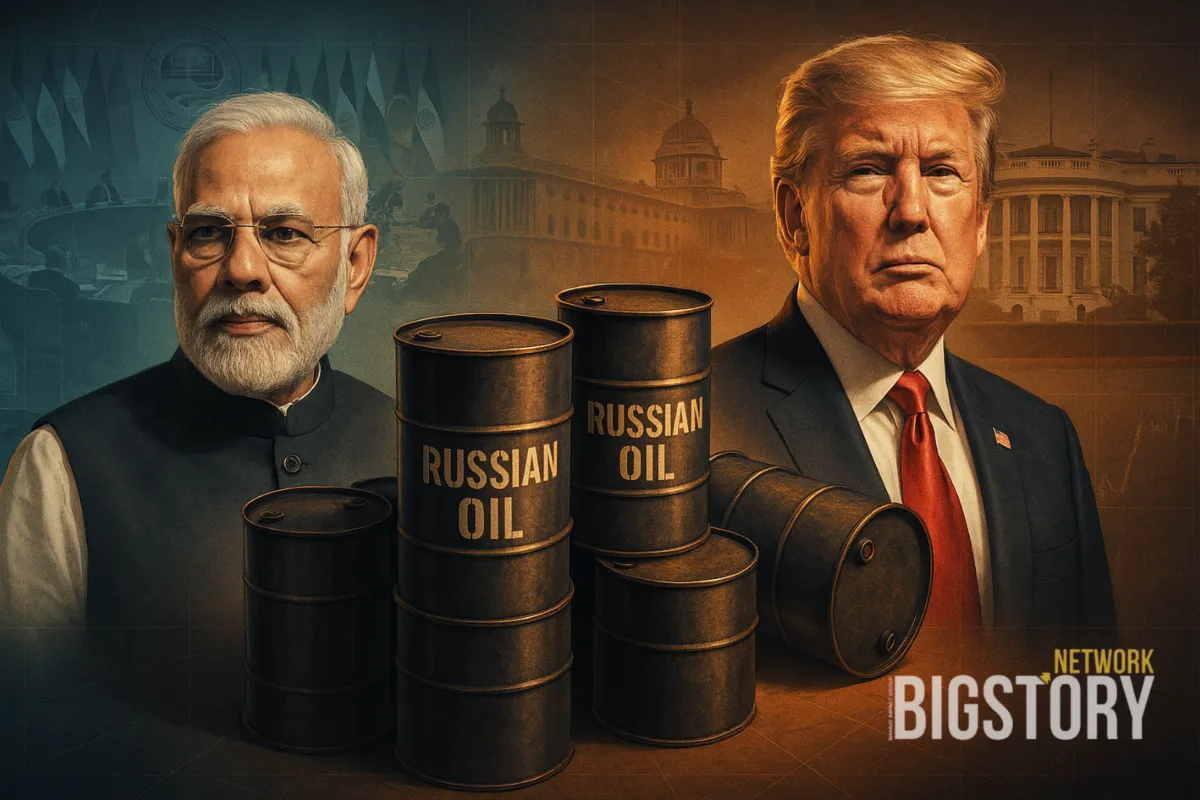
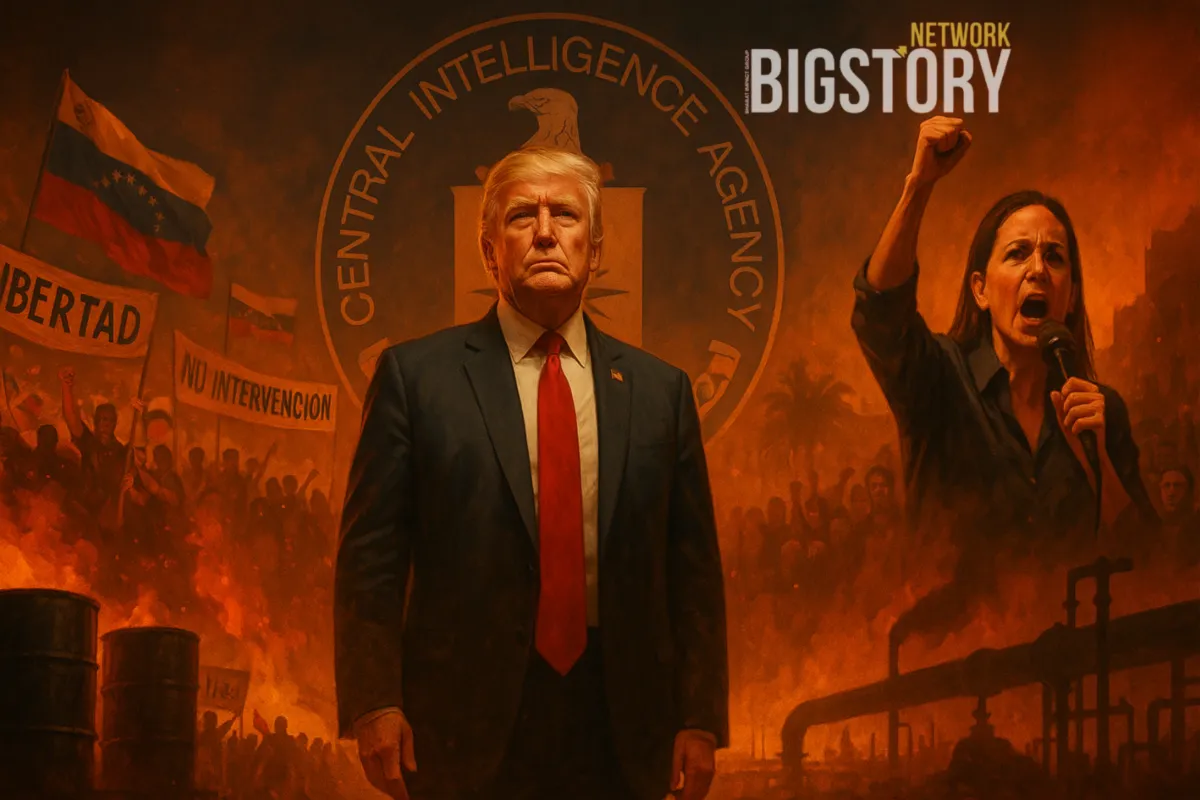

Leave a Reply